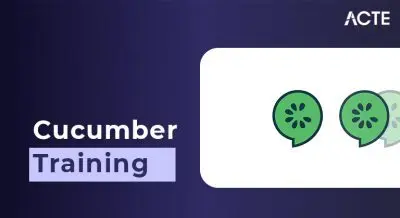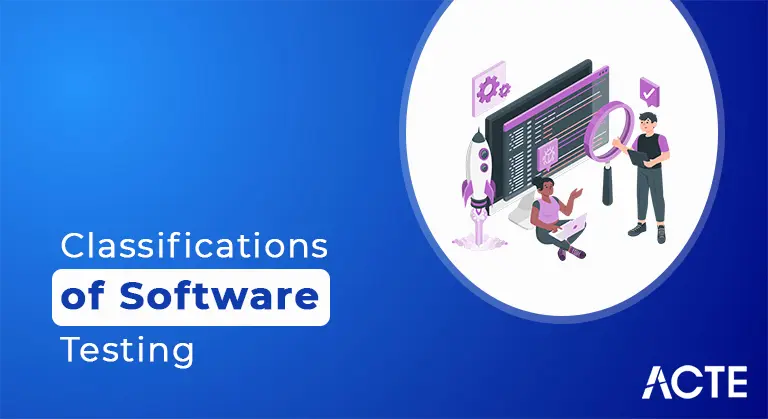
- Software testing is tied in with checking assuming the product works appropriately and in the event that it meets the composed prerequisites determinations.
- The essential objectives of Software tests are to take out bugs and to upgrade different parts of the product, for example, execution, client experience, security, etc. A lot of testing can incredibly work on the general nature of the product, which will prompt extraordinary consumer loyalty.
- These days, Software applications are utilized all over the place – – clinic, traffic, shops, business associations, and so forth So not testing the product at everything is hazardous. It’s hazardous as in it can cause extreme damage, for example, security break, deficiency of cash, and even passings now and again. Conveying or sending off an application without testing it will create numerous little or large issues for the clients.
Introduction :-
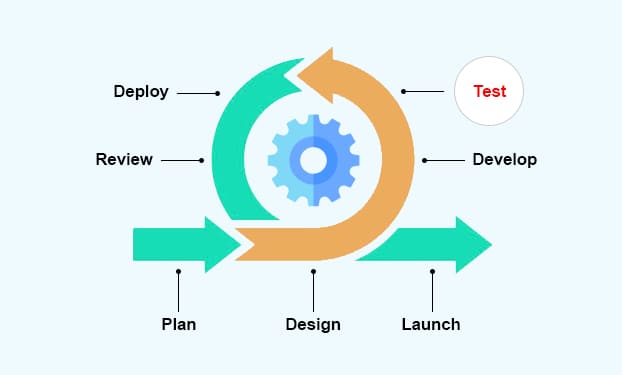
- Unit testing
- Integration testing
- End-to-end testing
- Smoke testing
- Sanity testing
- Regression testing
- Acceptance testing
- White box testing
- Black box testing
- Interface testing
- Performance testing
- Security testing
- Load testing
- Failover testing
- Compatibility testing
- Usability testing
- Scalability testing
- Volume testing
- Stress testing
- Maintainability testing
- Compliance testing
- Efficiency testing
- Reliability testing
- Endurance testing
- Disaster recovery testing
- Localization testing
- Internationalization testing
Types of Software Testing :-
Software testing is for the most part ordered into two fundamental general classes: utilitarian testing and non-useful testing. There is additionally one more broad sort of testing called upkeep testing.
1. Functional Testing :
Functional testing includes the testing of the utilitarian parts of a product application. At the point when you’re performing Functional tests, you need to test every single usefulness. You really want to see whether or not you’re getting the ideal outcomes. There are a few kinds of useful testing, for example,
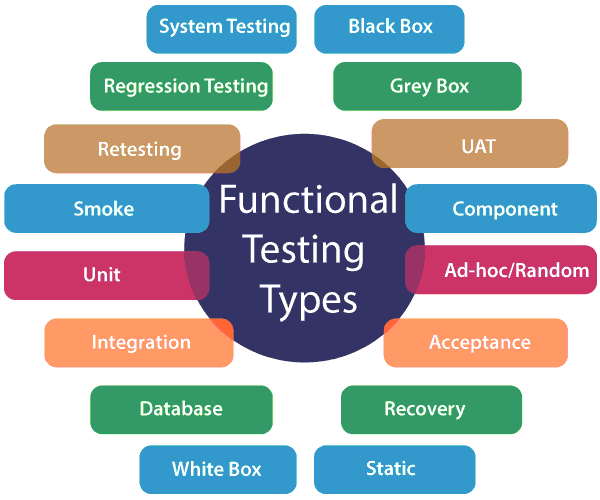
2. Non-Functional Testing :
Non-Functional testing is the trying of non-useful parts of an application, like execution, dependability, convenience, security, etc. Non-utilitarian tests are performed after the useful tests. Non-useful tests are not commonly run physically. Truth be told, it’s hard to play out this sort of tests physically. So these tests are generally executed utilizing devices. There are a few kinds of non-useful testing, for example,
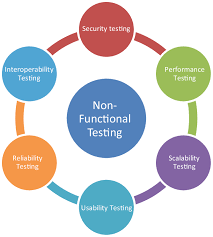
1. Unit Testing: Testing every part or module of your product project is known as unit testing. To play out this sort of testing, information on writing computer programs is vital. So just developers do this sort of tests, not analyzers.You need to do a lot of unit testing as you should test every single unit of code in your venture.
2. Integration testing: Subsequent to incorporating the modules, you want to check whether the consolidated modules cooperate or not. This sort of testing is known as reconciliation testing. You want to perform less mix tests than unit tests.A few decent apparatuses for unit and mix testing are Jasmine, Mocha, and so forth
3. End-to-end testing: Start to finish testing is the utilitarian testing of the whole programming framework. At the point when you test the total programming framework, such testing is called start to finish testing. You want to perform less start to finish tests than combination tests.Cucumber, Protractor, Jasmine, Karma, SpecFlow, and so forth are some incredible start to finish testing devices.
4. UI Testing: UI testing includes the testing of the application’s UI. The point of UI tests is to check whether the UIs have been created by what is portrayed in the prerequisites details record.By running UI tests, you can make the application’s UIs more easy to use and interesting to the eyes.
5. Availability testing: Testing whether or not your product is available to debilitated individuals is named as open testing. For this kind of tests, you really want to check whenever incapacitated individuals, for example, the people who are visually challenged, visually impaired, and hard of hearing can utilize your application.The best decision of shading and differentiation should be made to make your product open to visually challenged individuals.
6. Alpha testing: Alpha testing is a sort of testing to search for every one of the blunders and issues in the whole programming. This sort of test is done at the last period of application advancement and is performed at the spot of the engineers, prior to sending off the item or prior to conveying it to the customer to guarantee that the client/customer gets a mistake free programming application.Alpha testing is run before the beta testing, which implies that subsequent to performing alpha testing, you really want to run beta testing.Alpha testing isn’t acted in the genuine climate. Rather, this sort of tests is finished by establishing a virtual climate that looks like a genuine climate.
7. Beta testing: As said before, beta testing happens after alpha testing. Beta testing is done before the send off of the item. It is done in a genuine client climate by a set number of real clients or clients, to be sure that the product is totally mistake free and it works without a hitch. Subsequent to gathering input and helpful analysis from those clients, a few changes are made to improve the product.So when the product is under beta testing, it is called beta rendition of the product. After this testing is finished, the product is delivered to people in general.
8. Specially appointed testing: As the name proposes, impromptu testing is a sort of testing that is acted in a specially appointed way, without utilizing any experiments, plans, documentation, or frameworks. Not at all like any remaining sorts of testing, this sort of testing isn’t completed in a precise way.Despite the fact that observing mistakes can be troublesome without utilizing experiments, there are specialized issues that are effectively identified through an impromptu test, yet are elusive through other testing approaches that utilization experiments.This casual kind of programming testing can be executed by any individual associated with the undertaking.
9. Similarity testing: Similarity testing includes similarity checking of the product with various working frameworks, internet browsers, network conditions, equipment, etc. It checks whether the created programming application is turned out great with various setups.To give you a couple of models, assuming the product is a Windows application, it ought to be checked whether it is viable with various variants of the Windows working framework. In the event that it’s a web application, it is tried whether the application is effectively open from various renditions of the broadly utilized internet browsers. Furthermore in the event that it’s an Android application, it ought to be checked whether it is functioning admirably with every one of the normally utilized renditions of the Android working framework.
10. In reverse similarity testing: In reverse similarity testing is done to test assuming a fresh out of the box new or a refreshed form of an application is viable with the past variants of the conditions (like working frameworks and internet browsers) on which the product runs. Once in a while, some application is refreshed explicitly to match the norm and style of a more up to date, more present day climate. All things considered, support for in reverse similarity is vital.In reverse similarity testing guarantees that every one of the people who are utilizing the more seasoned forms of a specific climate can utilize your product.
11. Program similarity testing: As the name says, program similarity testing really takes a look at a web application for program similarity. All the more explicitly, it is tried whether the web application can without much of a stretch be gotten to from all renditions of the significant internet browsers.It is a particular type of similarity testing, while similarity testing checks for general similarity.A few well known apparatuses to check program similarity incorporate CrossBrowserTesting.com, LamdaTest, Browsershots, Experitest, Turbo Browser Sandbox, Ranorex Studio, Browsera, and so forth
12. Execution testing: Execution tests are hurried to check assuming that the product’s presentation is great or not. There are execution trying apparatuses that dissect your application’s presentation and show you the exhibition issues. By fixing those issues, you’ll have the option to expand the exhibition of your product application.Some incredible exhibition testing devices, otherwise called load testing apparatuses, for web applications are WebLOAD, LoadView, NeoLoad, LoadNinja, Appvance, LoadRunner, Apache JMeter, Loadster, LoadImpact, Testing Anywhere, SmartMeter.io, Tricentis Flood, Rational Performance Tester, LoadComplete, and so on
13. Load testing: Load testing is one sort of execution testing that tests how much burden a framework can take before the product execution starts to corrupt. By running burden tests, we can know the limit of taking heap of a framework.
14. Recuperation testing: Recuperation testing includes the checking of whether the application can recuperate from accidents and how well it recuperates. In this sort of tests, analyzers see how well the product can return to the typical progression of execution. Accidents can happen whenever. Regardless of whether your product is of remarkable quality, accidents might occur. You don’t have the foggiest idea when they might occur and bother the clients.
15. Relapse testing: In the event that you want to make changes in any part, module, or capacity, you need to check whether the entire framework works appropriately after those alterations. Testing of the entire framework after such changes is known as relapse testing.
16. Coordinated testing: Done by the QA group, Agile testing is a sort of testing that is led by the standards of light-footed philosophy. This sort of testing is done from the genuine clients’ perspective.
17. Programming interface testing: Very much like unit testing, API testing is additionally a code-level testing type. The fundamental distinction between unit testing and API testing is that unit testing is performed by the advancement group though API testing is taken care of by the QA group.
18. Discovery testing: Performed by the QA group of an organization, discovery testing is a trying method that includes the checking of the application’s usefulness without having any specialized information on the application, similar to the information on the code’s rationale, how the code works, information on the inner construction, and so forth
19. White box testing: Performed by the advancement group, white box testing is a trying technique that requires a decent comprehension of the application’s code. It requires incredible information on the application’s inward rationale.
20. Security testing: Security tests are performed to guarantee the security of your application, all together that security breaks can be forestalled. Security specialists run this sort of tests to perceive how much your product is secure from assaults and to observe security issues so that the application’s security can be fortified.
- This article clarified a few kinds of programming testing. Remember that you don’t have to play out these tests referenced in this post for your product project. What sorts of tests you should run relies upon the kind of programming you’re building and different elements.
- Other than performing tests, estimating the viability of the tests is additionally significant, and test inclusion tells the adequacy of your tests. Istanbul is a decent apparatus for estimating test inclusion, utilized for JavaScript programming projects.
- There can be undetected mistakes in your application even after it’s sent off, which will pester the clients and will create some issues for them. Continuous mistake checking apparatuses, for example, Sentry and Newrelic will consequently track down blunders and advise you, so you don’t have to advise your clients to report bugs.
- You can likewise utilize computerized code reviewing devices. Mechanized code evaluating devices like sonarqube and codebeat assist you with incredibly working on the nature of your code by showing issues in your application. These devices will assist you with fixing bugs significantly quicker. In the wake of dissecting your code, these instruments give you helpful reports with significant data needed for code quality improvement.
- You can utilize programs called linters to check on the off chance that the code of your product project meets the predetermined coding show rules. A linter really saves you a ton of time as physically checking the code composed by a few designers is an exceptionally tedious cycle.
Conclusion :-




